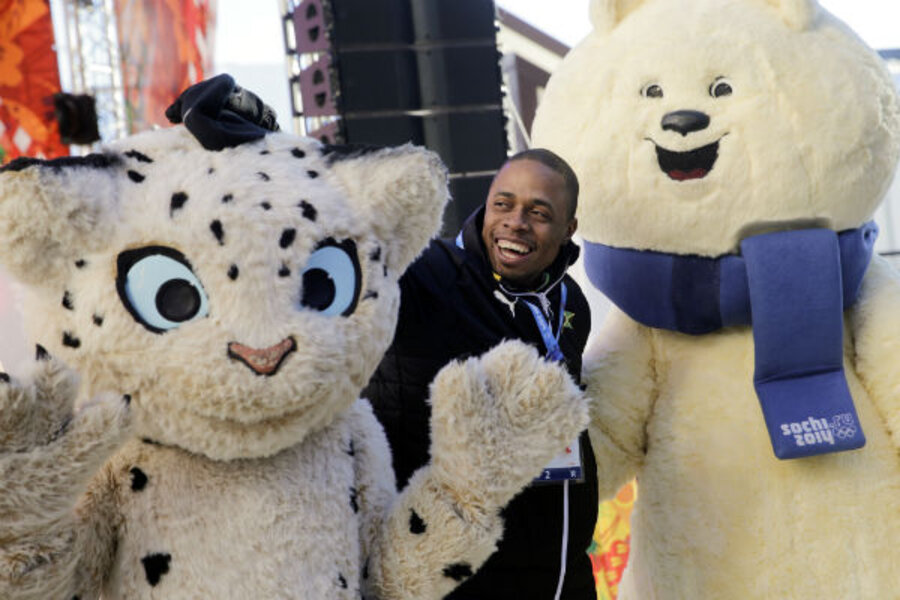Sochi Winter Olympics: Mascot merchandise ties the Games together
Loading...
The Sochi Games have begun, and while parents may be hoping the Games inspire kids to become athletes, many kids will truly be inspired to plead for merchandise bearing the likeness of one of the fluffy mascots.
Lucky for us, the Russians have chosen not to be too creative, or wacky, selecting instead the most normal critters possible: "The Polar Bear," "The Hare," and "The Leopard."
At least these three mascots are more recognizable than London's Wenlock and Mandeville.
Kids may only see cute animals, but to some more jaded parents, The Polar Bear seems a bit like an alter ego for buff, sportsman President Vladimir Putin. According to the mascot trio’s Facebook page, The Polar Bear, "lives beyond the Arctic Circle" and “In his home, everything is made out of ice and snow: his snow shower, his bed, his computer and even his weight-lifting equipment.”
The Leopard could be considered a blatant nod to bring the rebellious Caucasus into the fold. “The Leopard is a rescuer and mountain-climber who lives in the uppermost branches of a huge tree, on the highest peak of the snowy mountains in the Caucasus.”
Meanwhile, The Hare seems like the embodiment of the innocence we would all like to find at this international competition. According to the interactive Sochi Mascot site, “The little doe hare trusts her friends so much that she doesn’t have any secrets. She simply loves sport with all her heart,”
The critters even have their own Twitter account:
The mascot-themed merchandise, such as adorable bunny hats fashioned after The Hare, is probably going to be a big hit with girls and moms alike. In fact, I think I’d look great in one.
Even before the Games began, I was very tempted by the Team USA “GO” and “USA” mittens seen on TV. We try not to get sucked into the merchandising, but a few Olympics back, my husband Robert, who attended the Games once with his family as a child, fell in love with the Roots beret worn by Team USA.
He ordered one and wore it until it was lost in a sailing incident last year.
It has taken me months, but last week I finally found one for sale on eBay and presented it to him at the start of the Sochi games. When I gave my normally stoic husband the hat, he immediately became as happy as he was cheering on his first Olympics as a kid.
Given the host of issues the host nation is suffering with these games, my guess is that the merchandise for Sochi, like the lovable (and weird) mascots of previous Olympics, will be one of the few common comfortable links to Olympics past.








